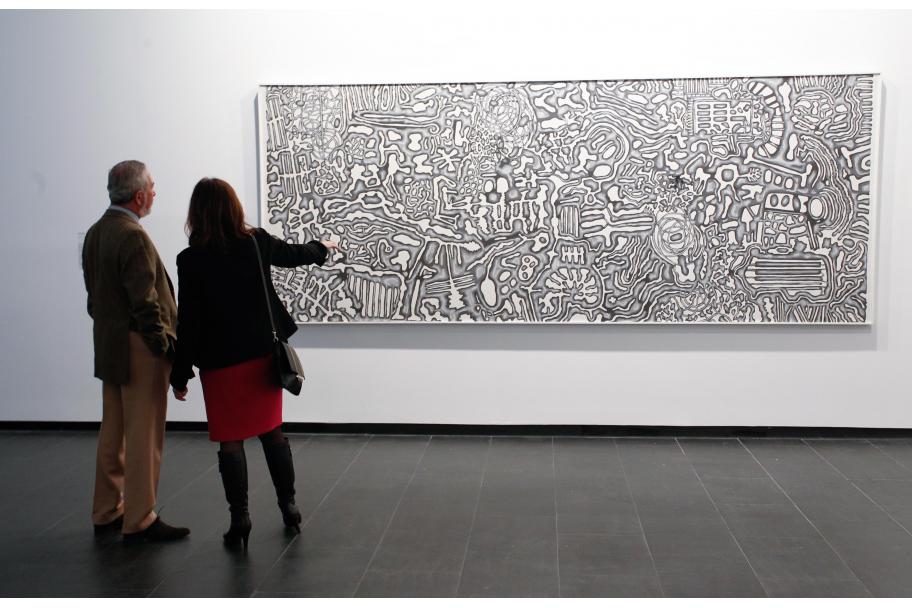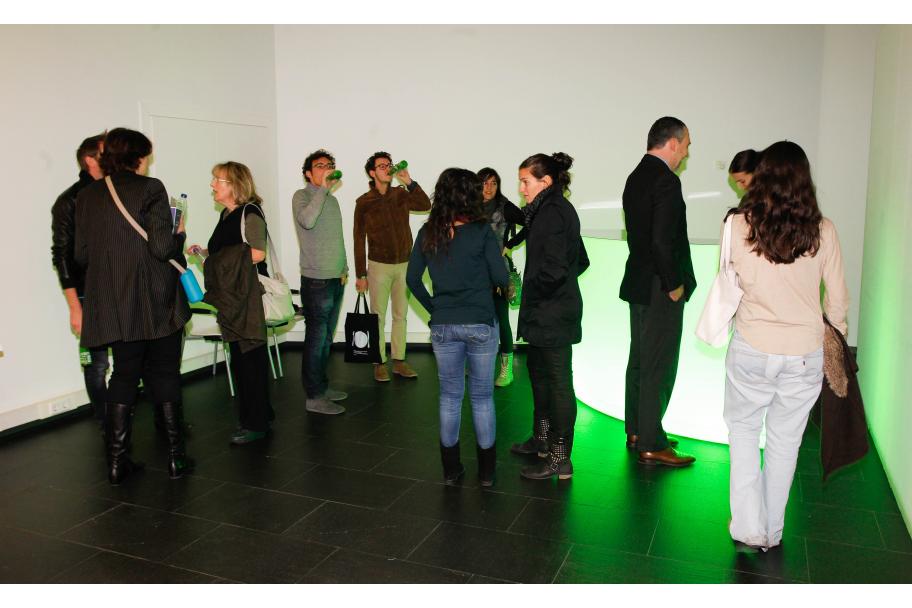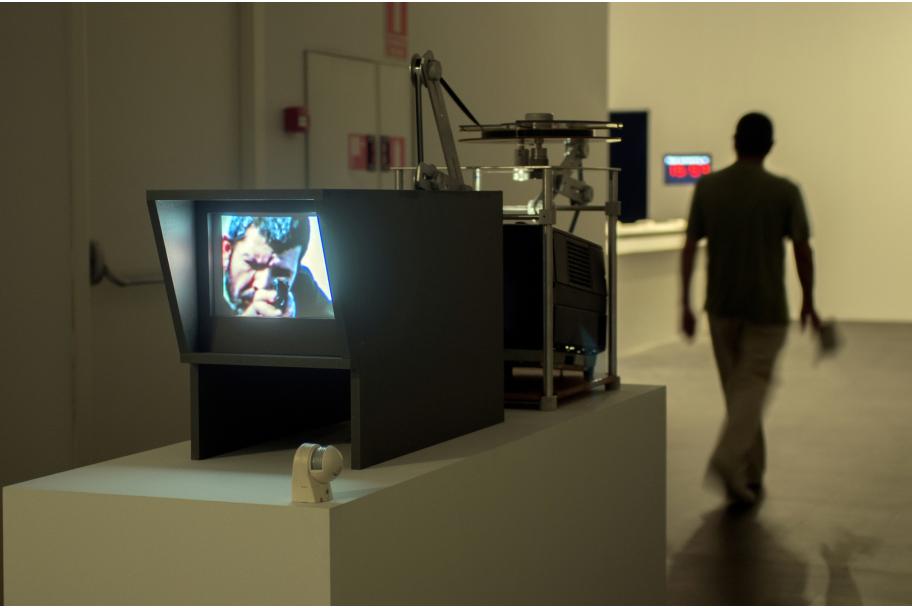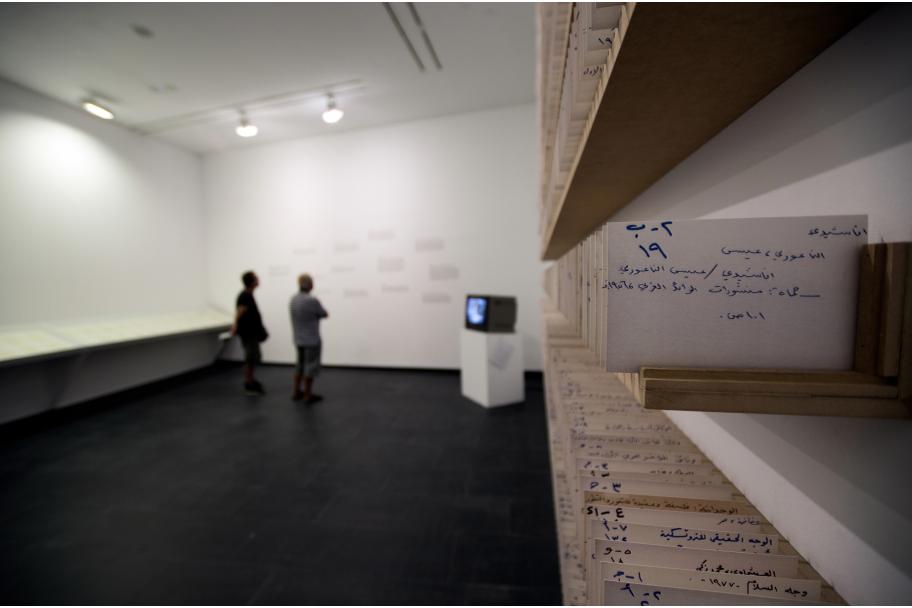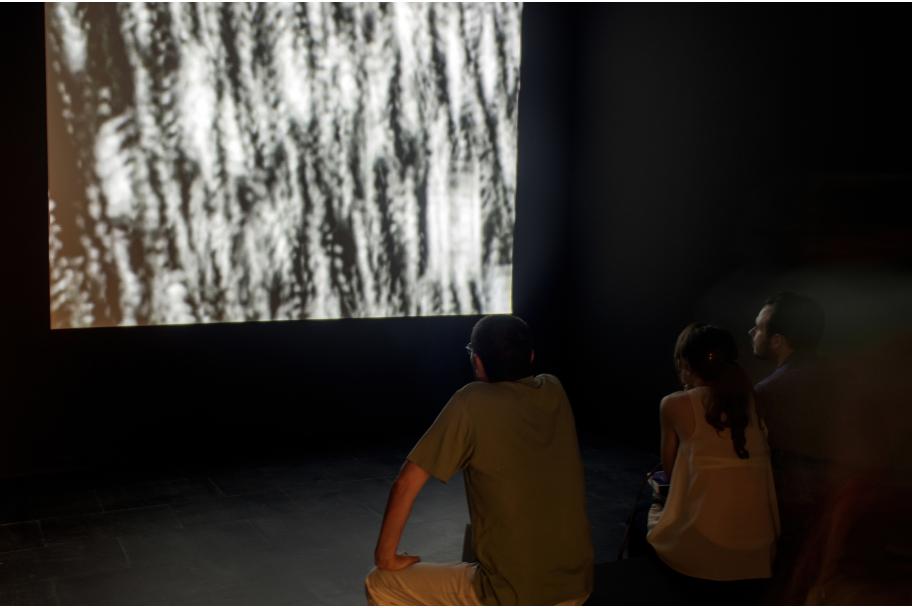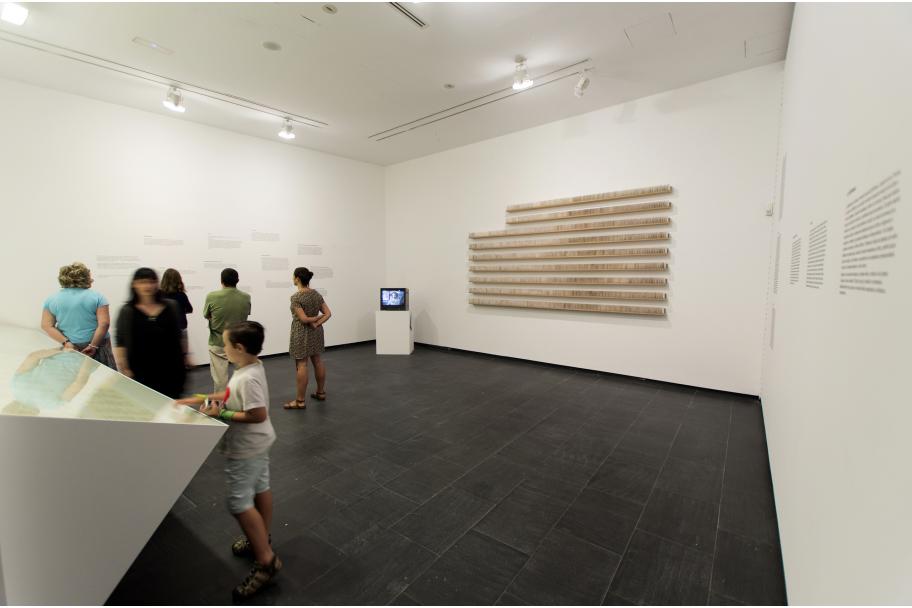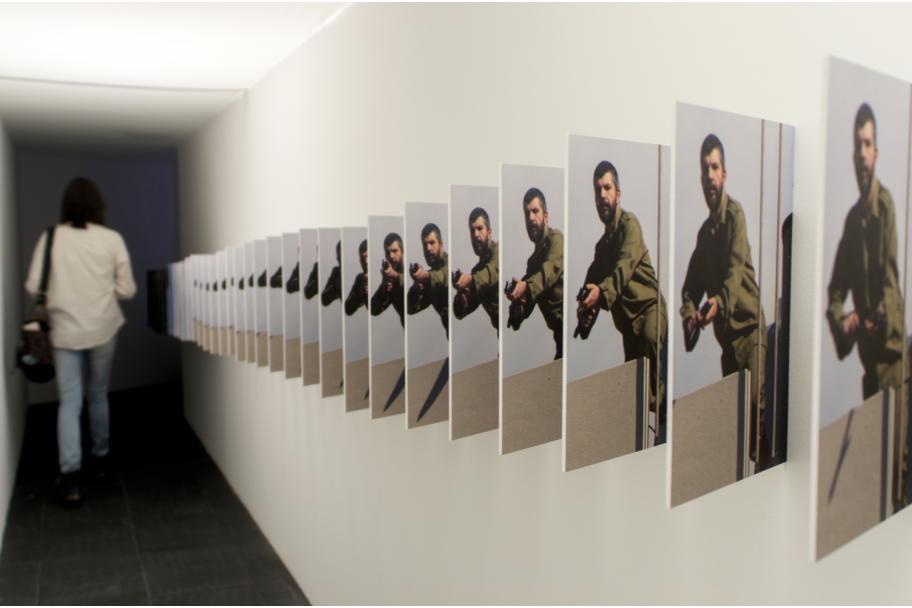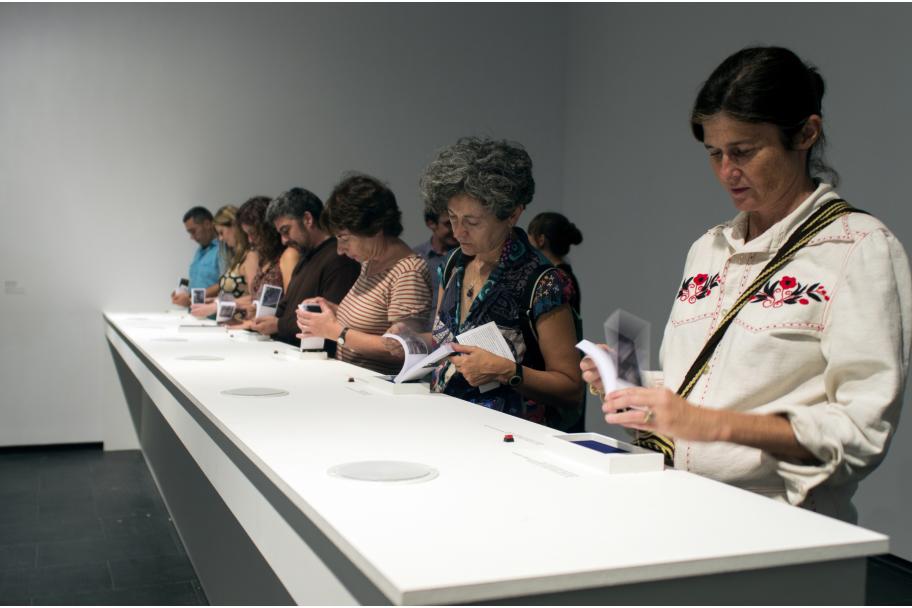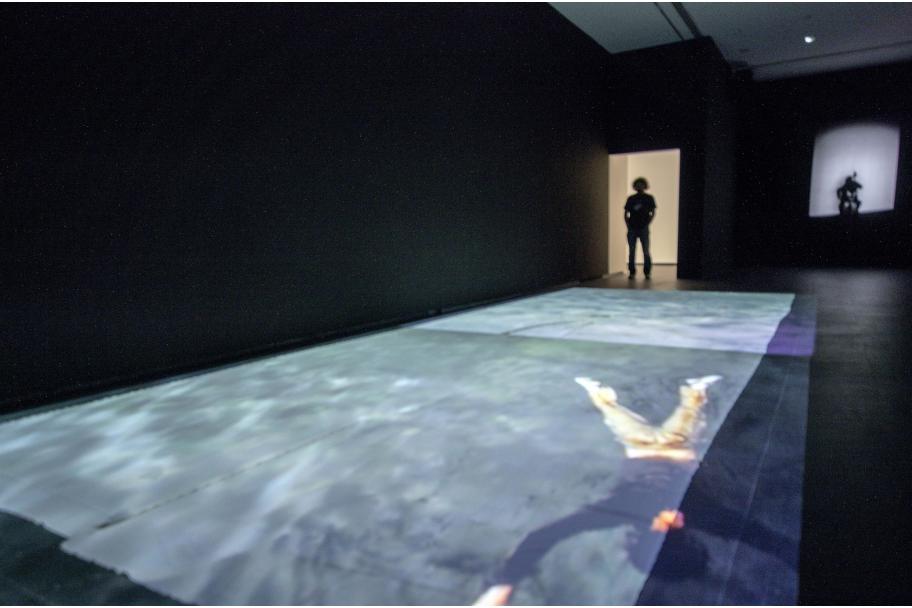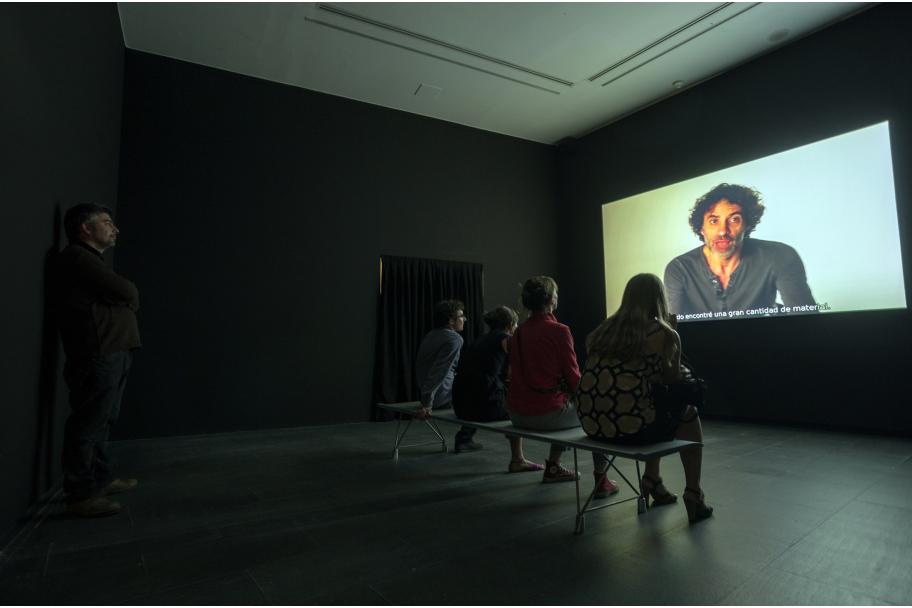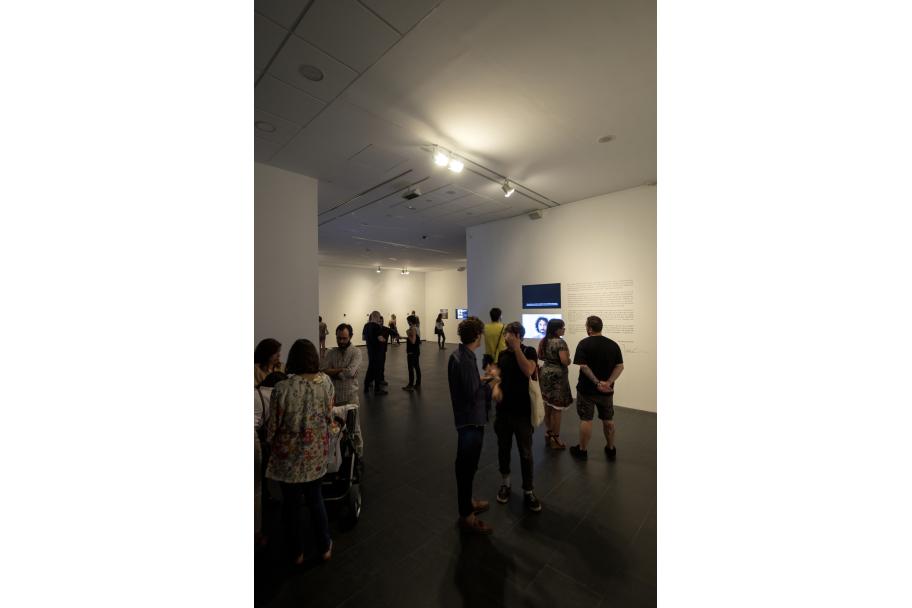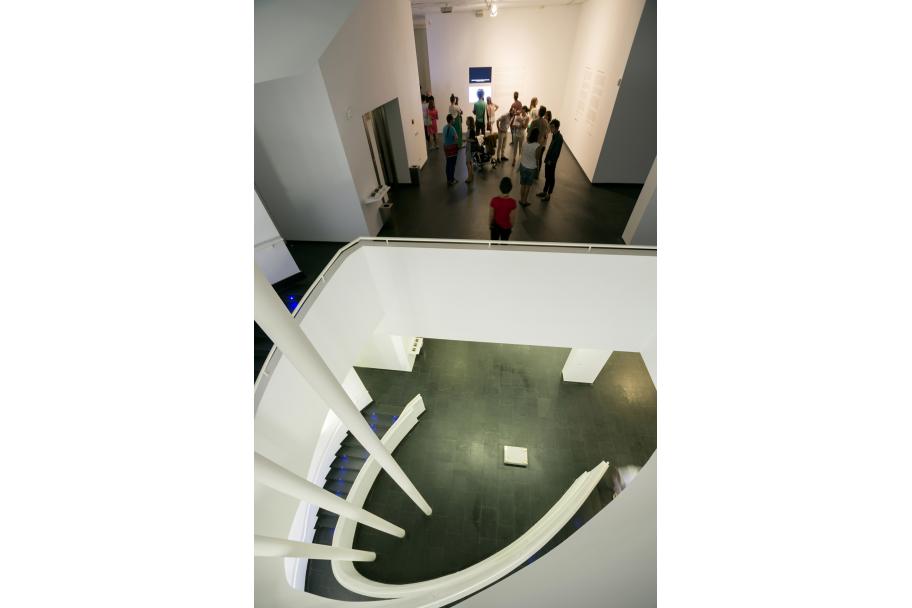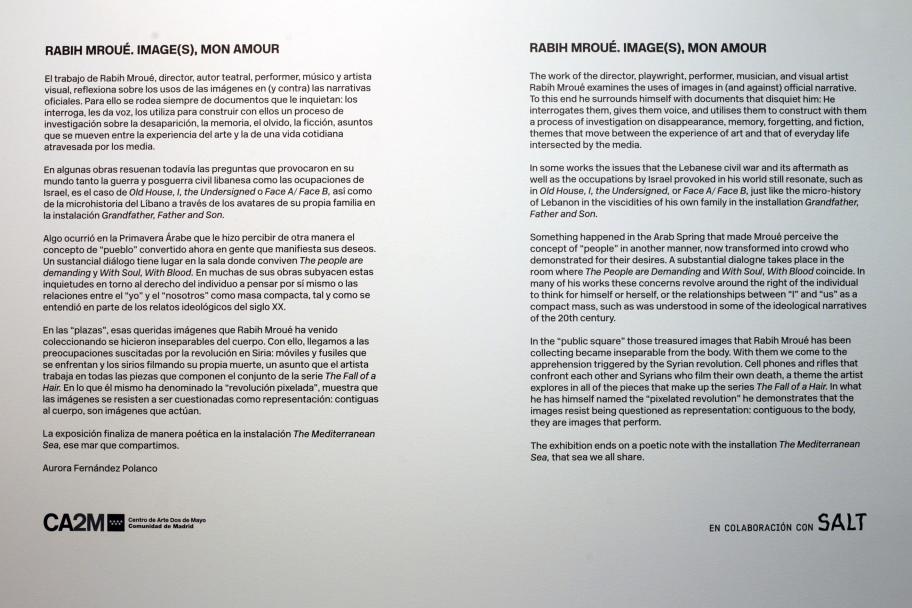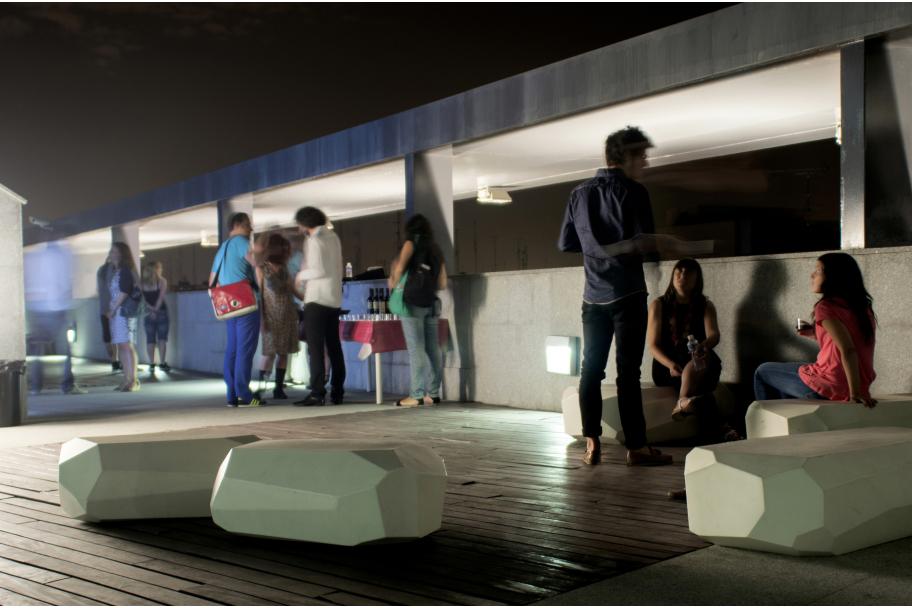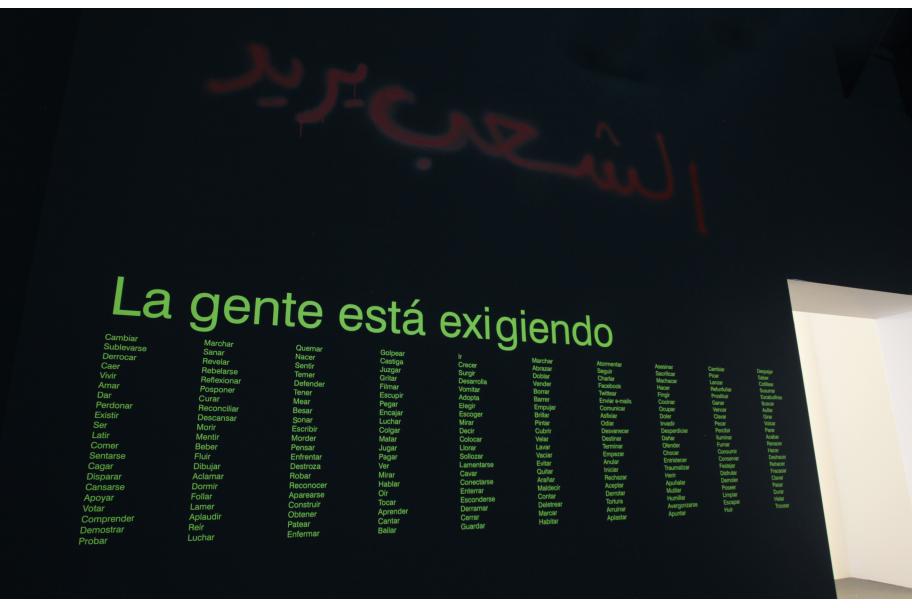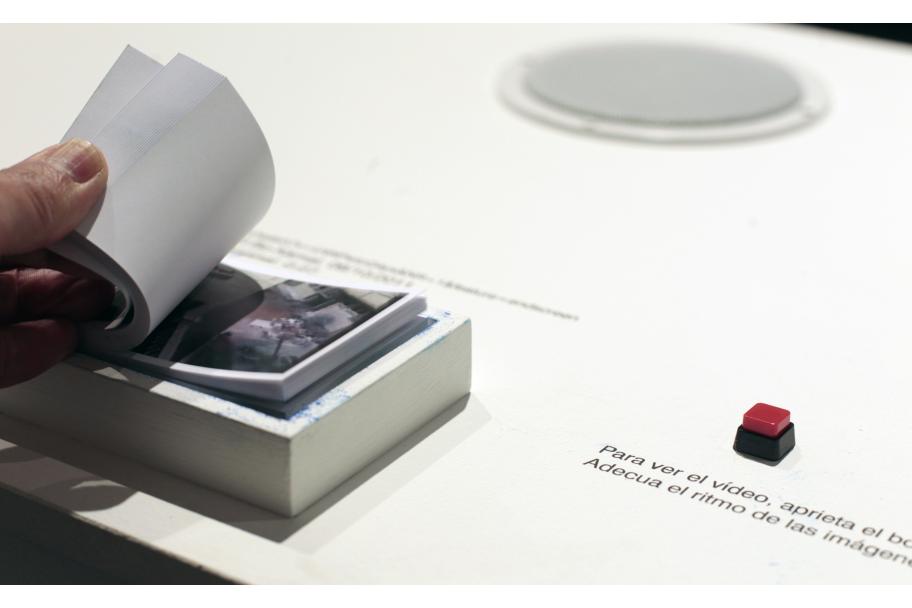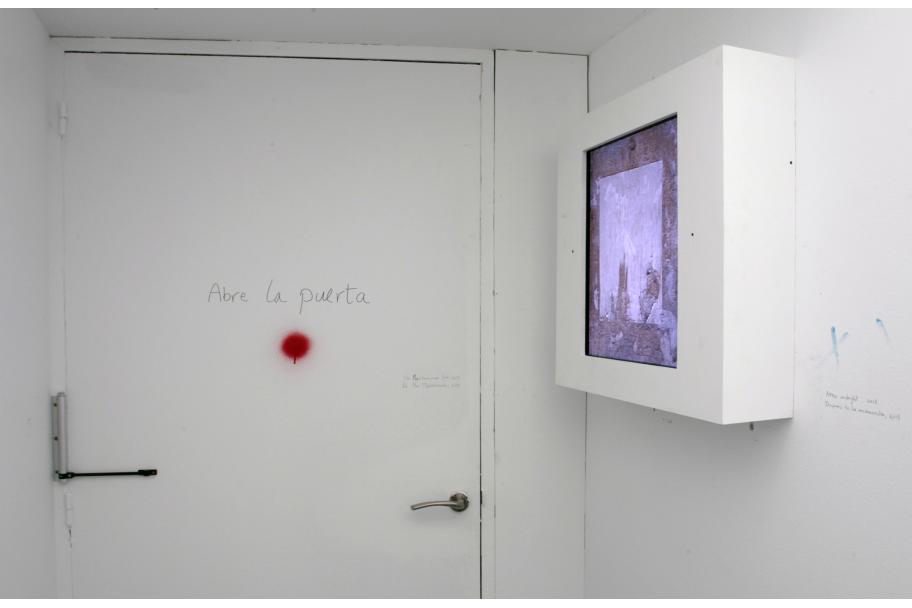- CA2M MUSEUM
- exhibitions
- RABIH MROUÉ
RABIH MROUÉ
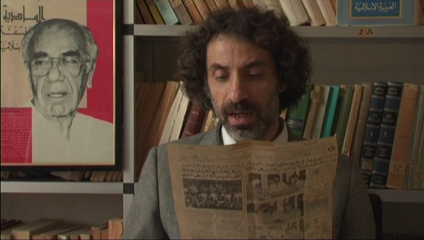
CA2M holds Rabih Mroué´s first solo exhibition in Spain. Mroué (Lebanon, 1967) developed his career as director, playwright, performer, essayist and visual artist, his work always reflects on the use of images for (and against) official narratives: from the Lebanese geopolitical reality to the massive production of images of the Syrian revolution.
Mroué collects documents that disturb and affect him. As he as stated several times before, he always starts from “not knowing” (that enclose those videos, photos, newspaper clippings, keeping always eye-witness accounts) to immediately switch to –with “intuition as method”- a inquisitive phase, an investigator process, a researching process shared with the audience. Throughout specific experiences that marked his biography (specifically the war (1975-1990) and Lebanon´s post-war, alongside the Israeli occupation) the works carried out by Mroué with his personal file raise questions that, among our own life experiences together with news from the media, concerns all of us; issues that have to do with truth, fiction, memory, forgetfulness, disappearance, and mechanisms that rules representation tricks or that, as it is now happening, establishes new and powerful relationship between those images and our bodies.
Mroué presence at the CA2M XVIII Image Symposium “Never Written Stories” in 2011 triggered this upcoming exhibition: Image(s), mon amour.
In March 2011, Rabih Mroué decides to change the title of the INIVA solo show in London, " I, the Undersigned" for "I , the Undersigned The People are demanding”. At the Squares of Tunisia, Egypt, Yemen, Libya, Bahrain, Jordan, Oman and Syria started back then the Arab Spring; at the same time, citizens from Atennes, London or Madrid started to take over the streets. The “Me” is putted aside to give rise to “We”; the verb used in London -“are”- pointed the importance of the people not longer as a compact and singular entity, as in many of the master narratives from the 20th century. That WE that demands the title –“are”- refers to people all together, individuals and masses who with one voice, and in terms of M-15, scream at the political and economic powers that (no longer) represents them. Problematizing (with images) the relationship between I and We, mass and individual, just a constant that has accompanied Rabih Mroué´s art production.
At the revolution Squares, we have witnessed images and bodies directly involved. In fact, today Mroué´s work turns out to be so revealing. Beyond the detournement and remounting functions, at CA2M we will view his videos and installations as debtors of his performative discourse on the show Image(s) mon amour. Mroué´s last work over the Syrian revolution exemplifies his interest on what images “do” further than in its own meaning. The problems around representation give way to action. Images do not mimetically register events, neither they are at the service of the pairing experience/representation, instead they make testimony, run, cheat, have an impact, emotionally affect or convince, in short: they “act”.
PUBLICATIONS
A bilingual Spanish-English exhibition catalogue will be published including Rabih Mroué´s anthology and texts by Bilal Khbeiz, Aurora Fernández Polanco and Pablo Martínez.
![]()
PARALLEL ACTIVITIES
CA2M Tour
Rabin Mroué Performative Talk. OCT. 25 20:00
Adult Learning. Images that take over square
INFORMATION SHEET (DOWNLOAD)
In collaboration with
![]()
Information
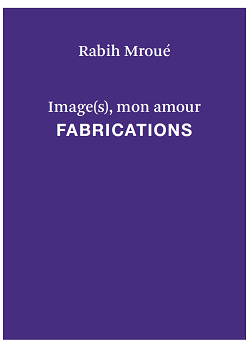
En esta publicación, Rabih Mroué nos invita a conocer de primera mano su trabajo a través de una serie de textos propios que nos conducen por su trayectoria artística, partiendo del contexto biográfico, su experiencia teatral y escritos no académicos, entre otros. Procedente de una práctica muy heterogénea, Rabih Mroué plantea su obra a partir de su encuentro con el mundo escénico y performativo, desde el cual estudia cómo se construyen los relatos históricos, en qué influyen desde las narrativas más subjetivas y personales hasta las colectivas. Los medios de comunicación, el papel omnipresente de las imágenes y la forma en que son distribuidas, son parte muy destacable de esta construcción.
